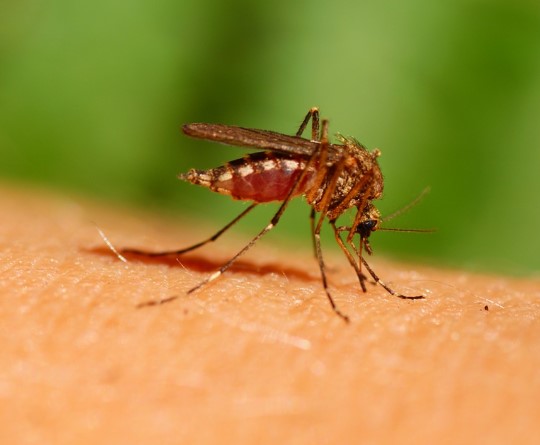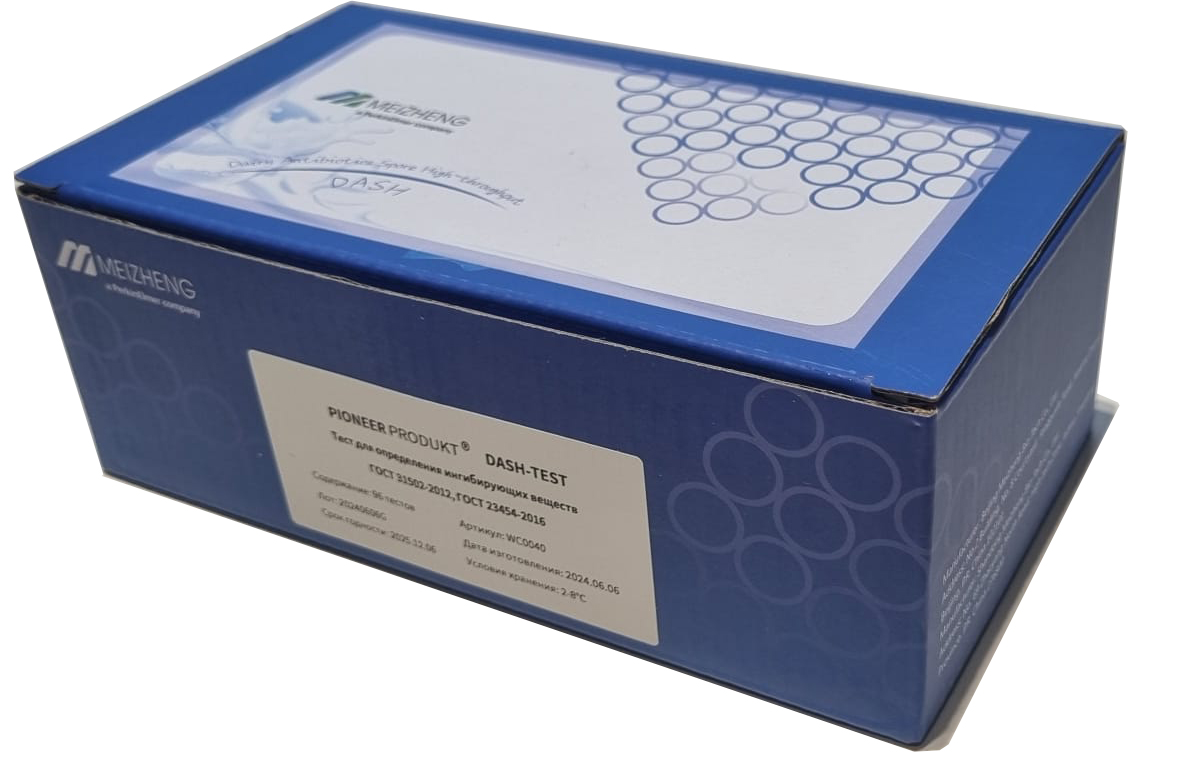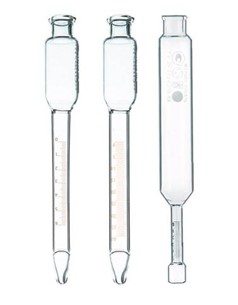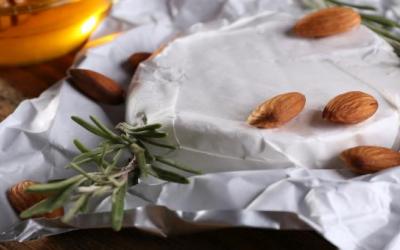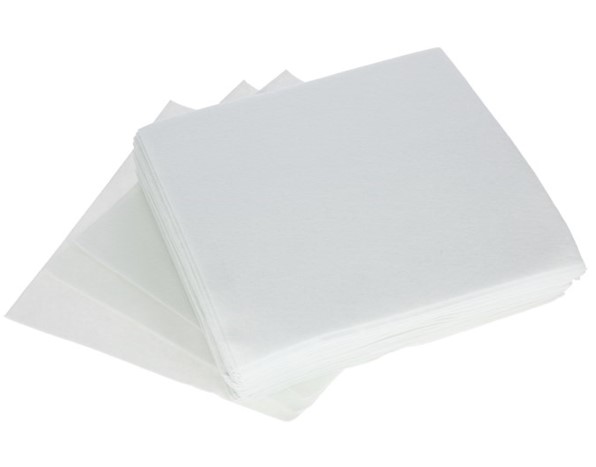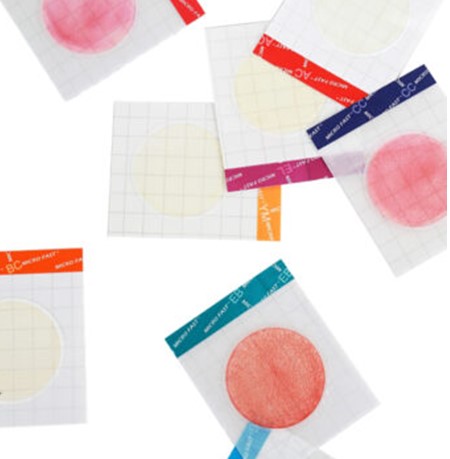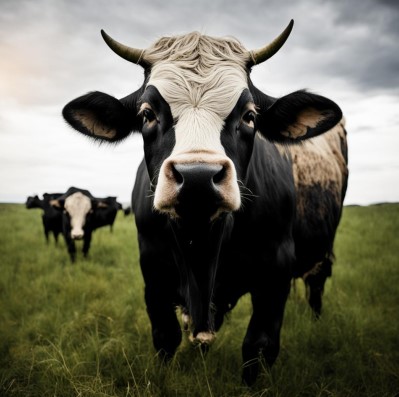What to feed ducks and what to pay attention to in the summer in the duck coop
In most Russian regions, the cool climate and the presence of nearby bodies of water play in favor of domestic duck farming. At the same time, you should pay attention from the very beginning to building a good duckling house - a stationary house is needed to protect the ducks from predators, as well as from any adverse weather conditions. Ducks should be given as much space as possible. The approximate minimum area of the room for keeping ducks should be 1 m2 for 1-2 ducks.
Nest boxes must also be provided. Ducks may lay eggs at different times during the day and share nest boxes with each other. As a guideline, provide at least one nest box for every 1-2 female ducks. When it comes to laying eggs, ducks are similar to chickens in that they lay eggs without a male duck (drake) present, so these eggs will be unfertilized.
The size of the nest boxes will depend on the breed and size of your ducks, usually at least 40 x 40 cm . Ducks prefer to lay their eggs in a closed nest where they can feel safe, which means nest boxes should be closed on three sides and possibly have a roof, as well as, of course, bedding.
The coop needs good ventilation, and the house itself must be made of appropriate materials so that it is not too hot or cold inside.
Ducks generally prefer cooler temperatures and have a thermoneutral zone, which ranges from 7 to 23°C (this is the temperature range in which they feel comfortable and do not need to expend additional energy to maintain a normal body temperature). Thus, in commercial duck farms, the optimal ambient temperature is maintained in the range of 10 to 15°C. It is easy to conclude that you should not place the duckling on the site in the sun; in hot weather, you need to shade it with a simple tarpaulin, and it is good to turn on the lawn sprinklers.
Keeping the duck coop clean, especially in the summer, is important for the HEALTH of the ducks. The floor should be covered with soft bedding 10-15 cm deep to absorb excess moisture from feces.
Ducks go to the toilet frequently, so you need to rake up the top dirty layer every day and replenish it with clean ones, and change the bedding regularly. This is not a whim. Bacteria can quickly begin to multiply in dirty bedding, leading to infectious diseases in ducks. They can also develop ulcers and infections on their feet when kept on wet, dirty bedding. Ten to fifteen minutes to clean the dirtiest areas will save you a lot of money. Again, in the summer, preparing grass for bedding does not present any problems.
As waterfowl, ducks are semi-aquatic, so they must have access to a source of clean water. They typically spend several hours a day performing water-related activities such as preening, bathing, swimming in the water, and lounging near water. Types of backyard water sources that can be used include deep troughs, showers, pools, and bathtubs. Ideally, ducks should have access to shallow water (10–20 cm) where they can splash and submerge their heads, as well as deeper water (>20 cm) to swim. At the same time, it is necessary to ensure constant access to separate clean drinking water, for example, to bell or nipple drinkers.
What to feed ducks
Ducks are not chickens, so they should not be fed chicken feed or feed intended for other types of poultry, as they have specific nutritional requirements to maintain health and productivity at different stages of life. Since the dietary needs of ducks for MEAT and egg production have been well studied in the commercial sector, pelleted feeds have been developed and sold for use in domestic duck farming.
Feed should be served in containers or trays with enough space for all ducks to eat at the same time. Containers shouldn't tip over or become dirty easily, and it's also a good idea to have multiple containers in case one fails. Feed is stored away from water sources in a place protected from the penetration of rodents that carry infections.
In nature, ducks are omnivores, meaning they eat a mixture of grasses, grains, small insects and aquatic animals. Their natural diet is pond algae , seeds,insects , worms, small water snails and amphibians and even crustaceans such as crayfish.
At the same time, feeding ducks with high-quality commercial feed appropriate for their age is the key to productivity. Modern commercial duck poultry feeds are pelleted (compressed into thin cylinders and cut to the desired length and shape). Commonly used duck feed additives include intestinal parasite control agents (duck starter), prebiotics and probiotics, enzymes, antioxidants, and feed acidifiers.
For the first few weeks of life, ducklings are fed a starter diet, which is usually mashed or crumbled pellets. The starter diet is a nutrient dense, high protein feed designed to support ducklings during their rapid growth period.
When the ducklings are 2-3 weeks old they are switched to a grower diet - crumble or pellets, which has the same amount of energy but lower protein levels than the starter diet.
From about 8 weeks of age, laying ducks can be fed an adult egg-laying duck diet, which has slightly lower levels of energy and protein, but higher levels of calcium, to meet the needs of egg production. It is also useful to feed ducks with special insoluble mineral grits to improve digestion - and as an additional source of calcium for egg-laying ducks, soluble mineral grits.
In the summer, ducks with access to range have enough natural food to keep the birds well-fed. However, you can feed your ducks raw leafy greens (bok choy, cabbage, collards, lettuce and chard), including non-toxic weeds, pond duckweed, cucumbers, berries - strawberries are ducks' favorite, apples, watermelon, banana peels (or whole bananas, if you don’t mind), melon seeds and peel, zucchini seeds and peel. At the end of the season, it won’t hurt to feed it with pumpkin and prepare it for the winter. These types of treats should not exceed 10% of ducks' daily feed intake, otherwise there is a risk of creating nutritional imbalances.
Regarding one of the most popular questions - can ducks eat bread - we note that bread is harmful to ducks and other waterfowl. White bread doesn't provide much nutritional value. It simply acts as a stomach filler. In a pinch, and if this is not their main food source, some bread as a treat may be acceptable, especially brown bread with seeds, but definitely not moldy stuff.

